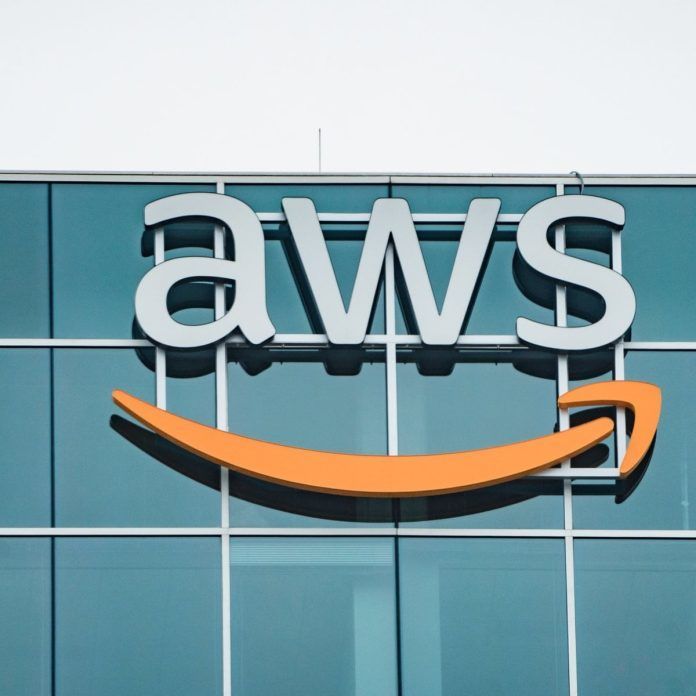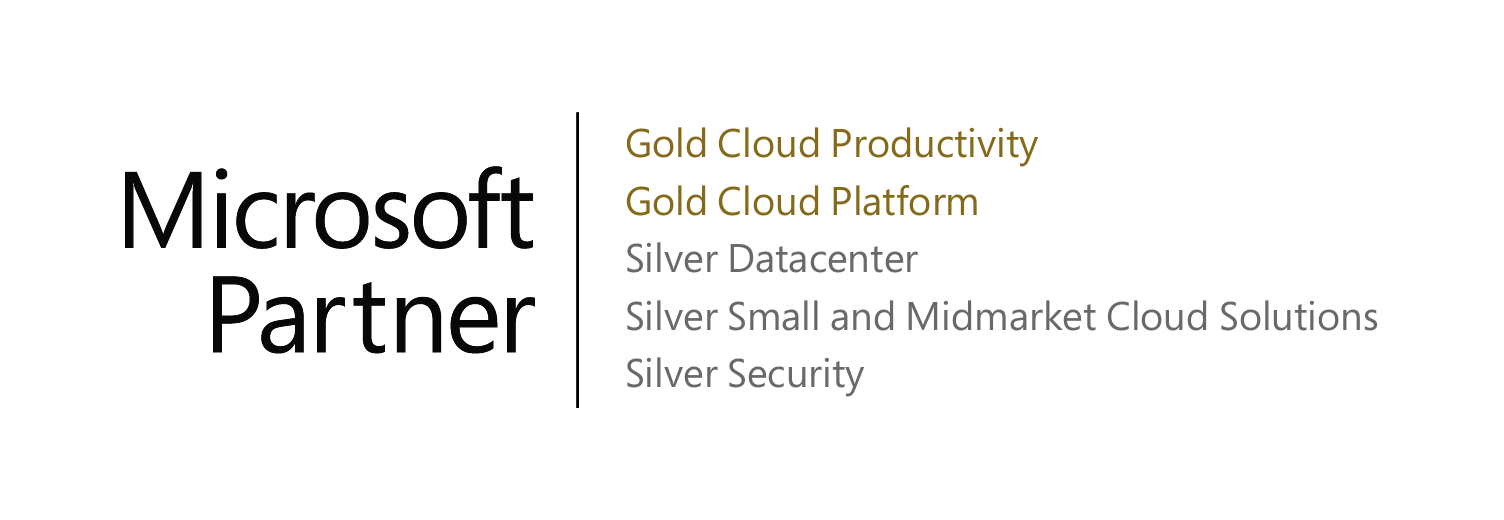Attention anyone using Outlook 2007 or 2010!!!
On Oct 31, 2017, RPC over HTTP will be deprecated in Exchange Online in favor of MAPI over HTTP, a modern protocol that was launched in May 2014.
This change affects you if you are running Outlook 2007 because it won't work with MAPI over HTTP. (Also, Outlook 2007 is approaching the end of its lifecycle in Oct, 2017). Outlook 2007 and un-supported Outlook clients will be unable to connect to Office 365 mailbox on Oct 31, 2017. To continue email connectivity, please update your Outlook 2007 to a newer version of Outlook or use Outlook on the web before Oct 31, 2017. If you are running Outlook 2016, Outlook 2013, and Outlook 2010 clients, make sure that the latest cumulative update for the version of Office that you have is installed.
We have helped clients use a variety of methods to mass-deploy Office 2016, and can assist with patch management strategies also. This might be a good time to talk. I know from personal experience that the update process might be anything other than straightforward, most especially when throwing in variables such as third-party app vendor plugins and integrations with other suites of software.
For those who know that PowerShell is a wonderful thing, and more importantly, know how to use it… here is how to identify if any of your users are connecting with Outlook 2007 clients, refer to the steps below:
1. Connect to Exchange Online using remote PowerShell.
2. Enable mailbox auditing for the owner:
->For one mailbox:
Set-Mailbox -Identity user@contoso.com-AuditOwner MailboxLogin -AuditEnabled $True
->For all mailboxes:
Get-Mailbox | Set-Mailbox AuditOwner MailboxLogin -AuditEnabled $True
3. Search the audit log. To do this, run one of the following commands:
->For one mailbox:
Search-MailboxAuditLog -Identity user@contoso.com-LogonTypes owner -ShowDetails | ? { $_.ClientInfoString -like "*Outlook*" }
->For all mailboxes:
Get-Mailbox | Search-MailboxAuditLog -LogonTypes owner -ShowDetails | ? { $_.ClientInfoString -like "*Outlook*" } | select MailboxOwnerUPN,Operation,LogonType,LastAccessed,ClientInfoString | export-csv .\OutlookConnections.csv
Note: Mailbox auditing may take up to 24 hours to get enabled.
For more details, please refer to this KB.




